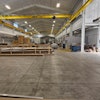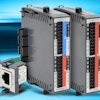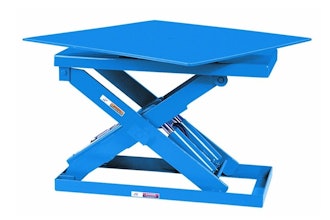
The Food Manufacturing Brainstorm features industry experts sharing their perspectives on issues critical to the overall food industry marketplace. In this issue, we ask: What safety factors should food manufacturers consider when implementing filtration systems in their facilities?
When considering your air filtration system, there are two topics that you should consider:
Determine what Filters to Use and Where
It is important to have the correct filters in the appropriate application. Air may be used in different parts of the plant - shop tools, laboratories, or to process lines (for pigging lines or sterile blankets). It is best to design your air system in a way that ensures you’re using sufficient filtration with minimal pressure drop.
- If you have a main air line with no branching, we recommend installing a filter train as you work down to the final filter. A filter train will maximize filter life and minimize filter change-out.
- Using a higher micron, low differential pressure depth pre-filter will remove large particulate, so that the final filter is strictly for polishing.
Ensure Sterile Grade Air
In the event the air or other gas comes into contact with the process, final product or the packaging, the absence of bacteria is essential, and it is required that these gases are filtered to sterility. A sterile filter will remove contaminant to a log reduction of 7. Thus, if you have 30 million particles upstream of the filter, a sterile filter may allow up to 3 particles to pass downstream. Sterile filter elements are often used within a sanitary housing. Sanitary housings are often designed using stainless steel and tri-clamp connections so that they are kept in a state of cleanliness, allowing them to be free of the filth and/or pathogens that can endanger the health of your customers.
In order to ensure your sterile filter elements are indeed sterile, processors should either replace their element frequently or sterilize the element itself through either autoclaving or steam sterilization.
Contact Jessica Exley ([email protected]) directly for a complimentary comprehensive sterilization guide.






















